
Tomato Late Blight
Phytophthora infestans is the oomycete responsible for both Tomato Late Blight and Potato Late Blight and was the cause of the …



El inglés es el idioma de control de esta página. En la medida en que haya algún conflicto entre la traducción al inglés y la traducción, el inglés prevalece.
Al hacer clic en el enlace de traducción se activa un servicio de traducción gratuito para convertir la página al español. Al igual que con cualquier traducción por Internet, la conversión no es sensible al contexto y puede que no traduzca el texto en su significado original. NC State Extension no garantiza la exactitud del texto traducido. Por favor, tenga en cuenta que algunas aplicaciones y/o servicios pueden no funcionar como se espera cuando se traducen.
Inglês é o idioma de controle desta página. Na medida que haja algum conflito entre o texto original em Inglês e a tradução, o Inglês prevalece.
Ao clicar no link de tradução, um serviço gratuito de tradução será ativado para converter a página para o Português. Como em qualquer tradução pela internet, a conversão não é sensivel ao contexto e pode não ocorrer a tradução para o significado orginal. O serviço de Extensão da Carolina do Norte (NC State Extension) não garante a exatidão do texto traduzido. Por favor, observe que algumas funções ou serviços podem não funcionar como esperado após a tradução.
English is the controlling language of this page. To the extent there is any conflict between the English text and the translation, English controls.
Clicking on the translation link activates a free translation service to convert the page to Spanish. As with any Internet translation, the conversion is not context-sensitive and may not translate the text to its original meaning. NC State Extension does not guarantee the accuracy of the translated text. Please note that some applications and/or services may not function as expected when translated.
Collapse ▲
Phytophthora infestans is the oomycete responsible for both Tomato Late Blight and Potato Late Blight and was the cause of the …

Both potatoes and tomatoes can quickly be defoliated by Phytophthora infestans, an oomycete active in wet cool conditions. In North …

I’m increasingly seeing drought-stressed turfgrass in eastern NC. The US Drought Monitor of North Carolina on July 2nd, has two-thirds …

Every year, we celebrate and acknowledge our reliance on pollinators for our food supply, as a third of everything …

How to Create a Wildlife-Friendly Landscape: Why landscape for wildlife How to design a landscape for wildlife How to find native plants How …

6/14/2024 – This is my favorite event of the year because it is a small conference, in a BEAUTIFUL …

In late 2008, I planted a demonstration pollinator garden at Chatham Mills to provide forage from early spring to …

Below is an infographic from OSHA on how to plan ahead to prevent heat-related illness. Below are key symptoms and …
View the new Summer 2024 pest update video, covering weed, disease and insect management in …
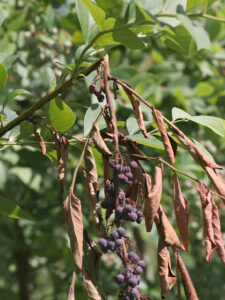
It seems we are finally on the other side of the “cicada invasion” which of course was not an …
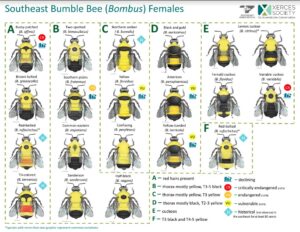
Learn to identify Bumble Bees of the Southeast using this handy guide by the Southeast Bumble Bee Atlas and …

I love the saying that Spring comes in like a lion and leaves like a lamb. It says we …

A foliar, fungal like disease of cucumbers, cantaloupe, melons, squash and pumpkins, Pseudoperonospora cubensis generally arrives in North Carolina in May …
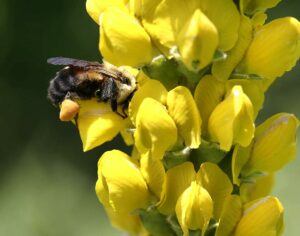
Chatham Conservation Partnership (CCP) conducted a webinar on Bumble Bee Conservation on April 18, 2024, and we had a great turnout of …

In this May edition of the Yadkin County Horticulture Newsletter, you will find information on Monitoring Your Vegetables for …
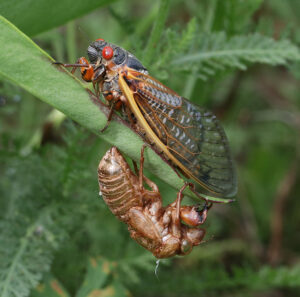
In case you haven’t heard, 2024 marks the emergence of the 13-year periodical cicadas (Magicicada spp.). The 13-year cicadas are known as Brood …
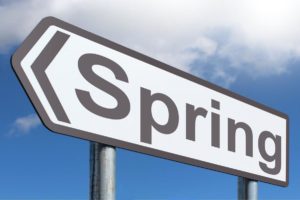
Spring is a great time to jump into the garden. Start a vegetable garden. Take care of summer weeds before they …
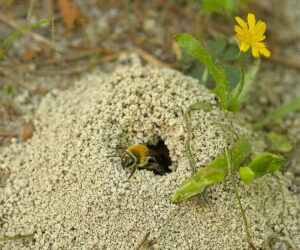
Every year, from mid-March through mid-April, I get calls from folks worried about all the bees hovering over their …
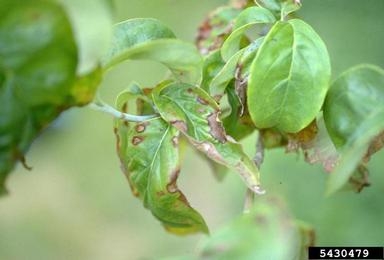
This fact sheet compiles common disease of dogwood trees (Cornaceae) in North Carolina. It contains …
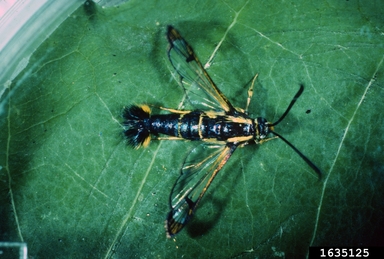
This fact sheet compiles common arthropod pests of dogwood trees (Cornaceae) in North Carolina. It …
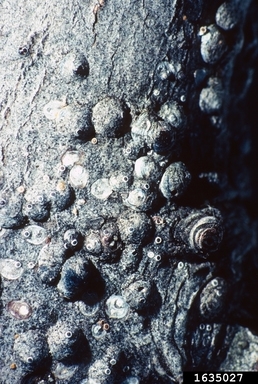
This factsheet provides brief descriptions of common insect pests of maple (Acer spp.) in North …
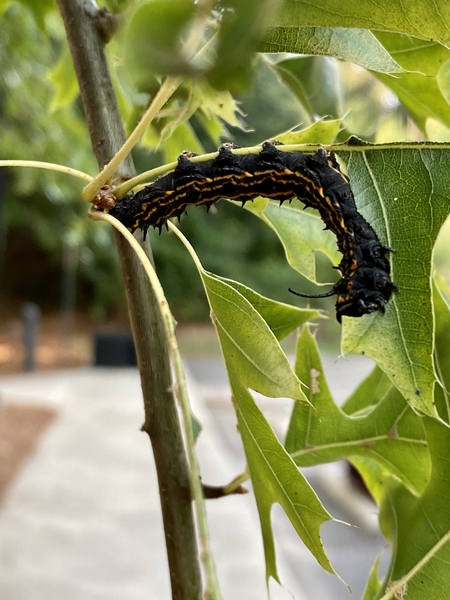
This factsheet provides brief descriptions of common insect pests of oak (Quercus spp.) in North …
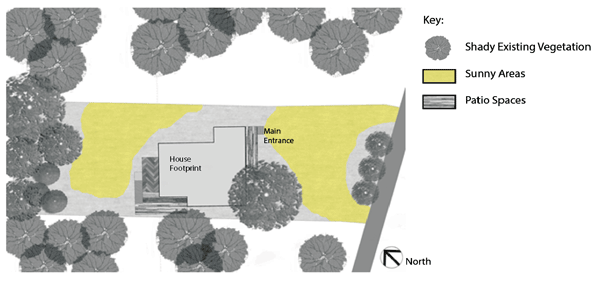
This publication provides three examples of edible landscape designs for incorporating edible components into a …
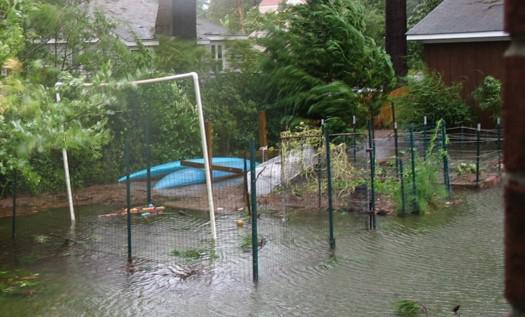
This publication discusses how floods can affect food gardens. In it, you'll find recommendations for …
Much success in growing tomatoes can be attributed to use of a few proven techniques. …
Caladiums are grown for their long-lasting, colorful foliage. Color combinations include various shades of red, …